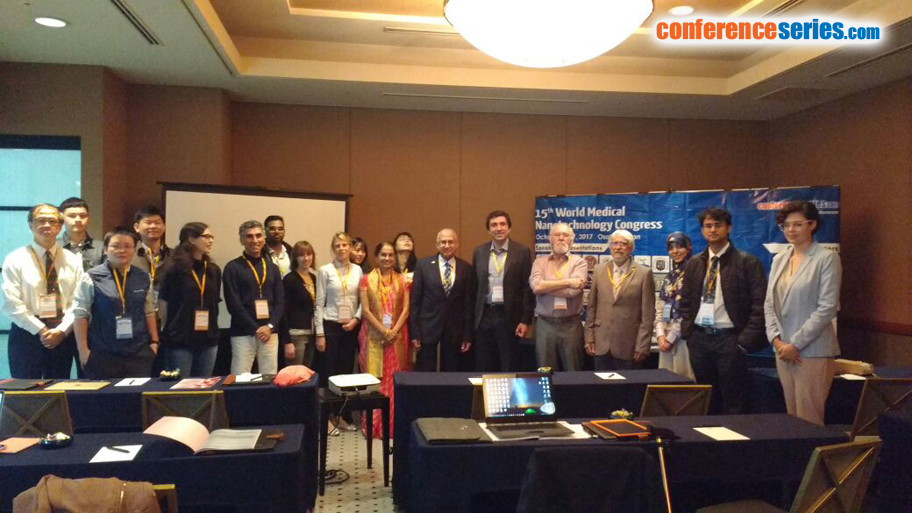
Jessica Armida Bertolini
University of Milano-Bicocca, Italy
Title: Study and quantification of the endosomal escape mechanism for the delivery of nanoparticles as therapeutic agents
Biography
Biography: Jessica Armida Bertolini
Abstract
The improvements in nanomedicine are strictly dependent on the development of methods to deliver therapeutic agents specifically and efficiently to the target cells with minimal toxicity. One of the main mechanisms by which the nanoparticles are able to enter into mammalian cells takes advantage of an endocytic pathway of internalization. Nowadays, one of the principal problems that occur to the use of nanoparticles in nanomedicine is the degradation of the nanoparticles-associated therapeutic agents into cellular lysosomes, due to the difficulty for them to escape the endosomal pathway. Thus, the study of the endosomal escape mechanism becomes crucial to the development of efficient drug delivery nanosystems for therapeutic treatments .We developed a new approach to measure and quantify the endosomal escape mechanism of nanoparticles, using poly(isobutylene-alt-maleic anhydride)-graft-dodecyl amine (PMA) polymer normally used in our laboratory for colloidal nanoparticle coating. This synthetic polymer proved to be able to trigger the nanoparticle endosomal escape in previous investigations. A biarsenical fluorescent label fluorophore, called CrAsH, is linked to the PMA nanoparticles. The CrAsH fluorophore is non-fluorescent as such but, upon binding with proteins containing a tetra-cysteine motif Cys-Cys-Pro-Gly-Cys-Cys, becomes fluorescent (2;3;4). Cell cultures are previously transfected with a plasmid that encodes for a Blue Fluorescent Protein (5) linked to the tetra-cysteine motif in C-terminal region and later treated with PMA+CrAsH nanoparticles. The double fluorescence detection provides the quantification of the nanoparticles fraction, linked to the CrAsH fluorophore, able to reach the cytosol and recognize the tetra-cysteine target motif. Hence, this gives us a real measurement and quantification of the nanoparticle ratio able to really trigger the endosomal escape providing, thus, an estimation of the amount of therapeutic agents, potentially linked to the nanoparticles, that are actually able to reach the cellular cytoplasm and be available for medical treatment.


